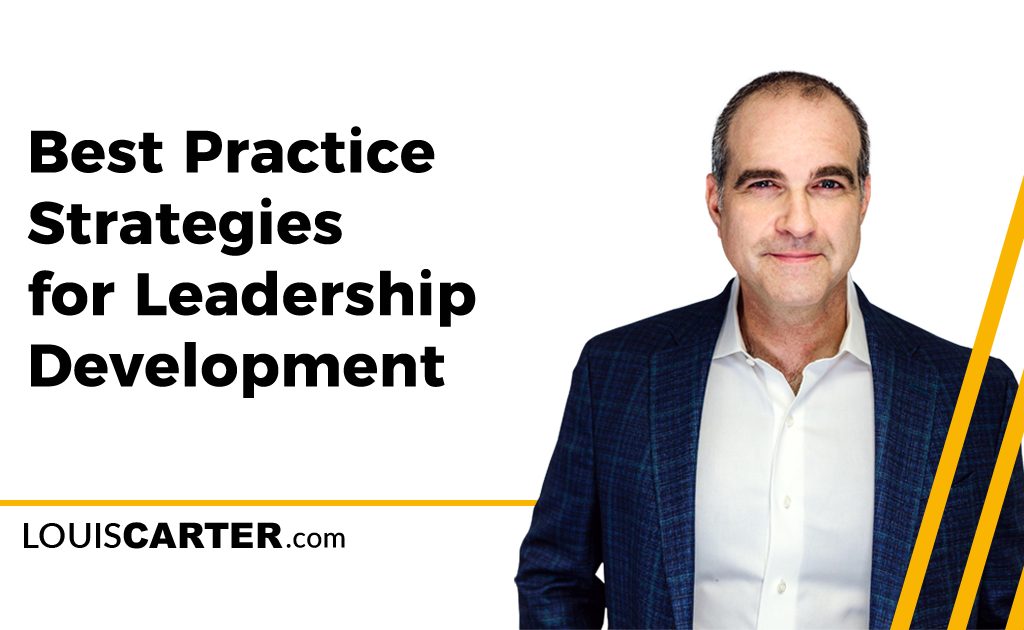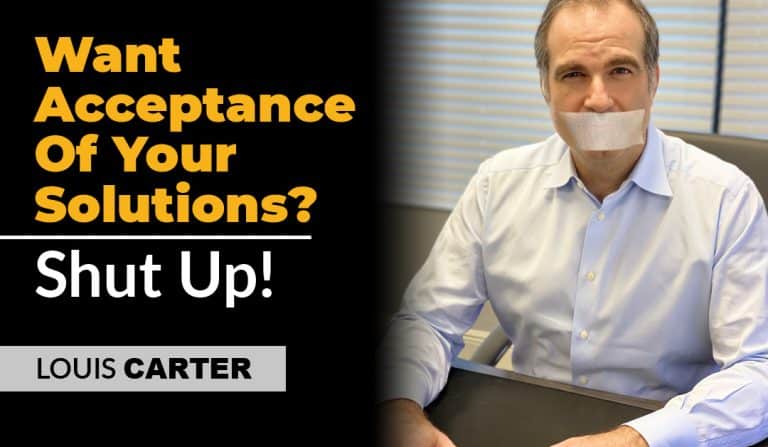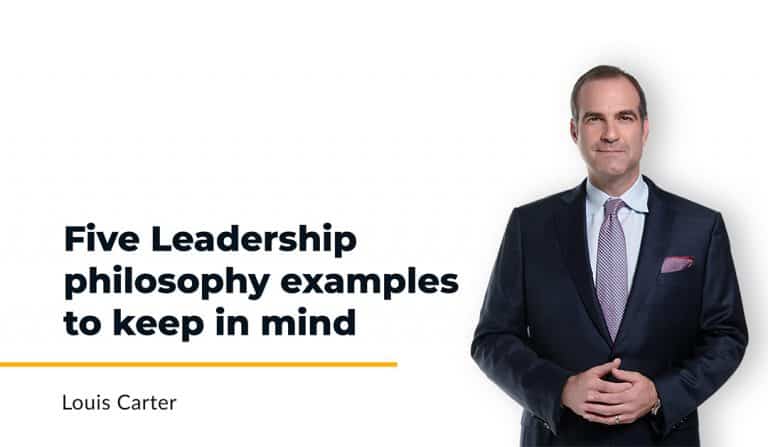5 min. Read
In the business world, effective leadership is a cornerstone for organizational success. Developing leaders with the right skills and mindset is not only crucial for the current health of the company but is an investment in its future. This article explores best practice strategies for leadership development, shedding light on the key elements that ensure the growth and effectiveness of leaders.
1. Leadership Development Strategies: A Holistic Approach
Leadership development is not a one-size-fits-all endeavor. Successful programs adopt a holistic approach that considers individual strengths, weaknesses, and the business’s unique challenges. Tailoring leadership development to the organization’s specific needs ensures that leaders are equipped to navigate challenges effectively.
Strategic Leadership Growth
Strategic leadership growth is not a mere luxury but a necessity. Effective leadership development strategies take a proactive stance, focusing on anticipatory growth rather than reactive adaptation. It involves thoroughly examining the current organizational landscape and an insightful forecast of future challenges and opportunities.
Leadership improvement isn’t a generic pursuit; it’s a targeted endeavor. Identifying areas where leadership can evolve and aligning these improvements with organizational goals is paramount. For instance, leaders need to develop a strategic understanding of emerging technologies and their applications if the industry is on the brink of technological transformation. This foresight ensures that leaders are competent in their current roles and are well-prepared for the industry’s evolving demands.
Moreover, strategic leadership growth extends beyond the immediate concerns of the organization. Leaders are groomed not merely to meet today’s challenges but to become architects of change in the industry’s future landscape. The focus shifts from short-term problem-solving to long-term vision crafting.
Individualized Leadership Plans
In effective leadership development, individualization is the thread that weaves a pattern of success. Recognizing the individuality of leaders is not a token gesture but a fundamental aspect of crafting a robust leadership pipeline. Generic training programs need to address leaders’ nuanced needs and aspirations; hence, a tailored approach is imperative.
Creating personalized development plans involves thoroughly understanding each leader’s strengths, weaknesses, and aspirations. This comprehensive assessment forms the basis for a roadmap that guides the leader through a growth journey. For example, a leader who excels in strategic thinking but needs improvement in team collaboration will have a tailored plan that emphasizes collaborative projects and team-building activities.
The personalized approach goes beyond a checkbox exercise; it fosters a profound sense of value and commitment. Leaders who feel their unique strengths and growth areas are acknowledged and prioritized in their development plans are more likely to be engaged and motivated. This commitment to individualized growth communicates that the organization sees them not as mere employees but as integral contributors to the company’s future success.
Strategic leadership growth is about preparing leaders for today’s challenges and the challenges that lie ahead. By identifying key areas for improvement aligned with organizational goals and recognizing and responding to the individuality of leaders through personalized development plans, organizations can ensure that their leadership development strategies are effective and future-proof.
2. Leadership Skills Enhancement: Building a Robust Skill Set

Enhancing leadership skills is vital for any effective development program. Leaders must have a diverse skill set that goes beyond traditional management capabilities.
Communication Mastery
Communication is a linchpin of effective leadership. Development programs should emphasize clear, concise, and inspirational communication. Leaders who can convey their vision and motivate their teams are better poised for success.
Emotional Intelligence Training
Understanding and managing emotions, both one’s own and those of others is a key leadership trait. Programs focusing on emotional intelligence equip leaders with the skills to navigate complex interpersonal dynamics, fostering healthier work environments.
3. Effective Leadership Training: Learning by Doing
Leadership development is not confined to classrooms or workshops; it’s a continuous, experiential journey. Effective training involves learning by doing and applying theoretical knowledge to real-world scenarios.
Leadership Simulations
Simulations are a risk-free way for leaders to apply their skills. Whether facing simulated crises or making strategic decisions, leaders can hone their abilities in a controlled setting, preparing them for the complexities of the business landscape.
Cross-functional Experiences
Exposing leaders to various aspects of the business beyond their immediate roles is a powerful training method. This cross-functional approach broadens their perspective, helping them make more informed decisions that consider the holistic needs of the organization.
4. Leadership Development Programs: Nurturing Tomorrow’s Leaders
Structured leadership development programs are instrumental in identifying and nurturing organizational talent. Such programs are designed to cultivate leadership skills at every level systematically.
Succession Planning
An effective leadership development program integrates succession planning. Identifying potential leaders early and providing the necessary resources ensures a seamless transition when key leadership positions become vacant.
Mentorship and Coaching
Pairing emerging leaders with seasoned mentors is a proven strategy for leadership development. These relationships provide invaluable insights, guidance, and a platform for knowledge transfer from experienced leaders to the next generation.
5. Strategic Leadership Growth: Aligning with Organizational Goals
Leadership development should not exist in isolation but should align with the organization’s strategic goals. A strategic approach ensures that leadership growth is in sync with the broader objectives of the business.
Alignment with Business Objectives
Effective leadership development is tailored to align with the current and future objectives of the organization. Leaders should be groomed to champion initiatives directly contributing to the company’s success.
Continuous Evaluation and Adaptation
The business landscape is dynamic, requiring leaders to adapt continually. Consequently, leadership development strategies must include mechanisms for continuous evaluation and adaptation. Regular assessments ensure that the program remains relevant in changing industry trends.
Final Word
Investing in leadership development is an investment in a company’s future resilience and success. By adopting a holistic approach, focusing on skill enhancement, providing effective training, implementing structured programs, and aligning with strategic goals, organizations can cultivate a cadre of leaders ready to tackle the challenges of tomorrow.The best practice strategies outlined here serve as a roadmap for organizations committed to developing leaders who manage, inspire, and drive their teams to greater heights. Looking to improve your leadership development program? Check out The Leadership Toolkit.






